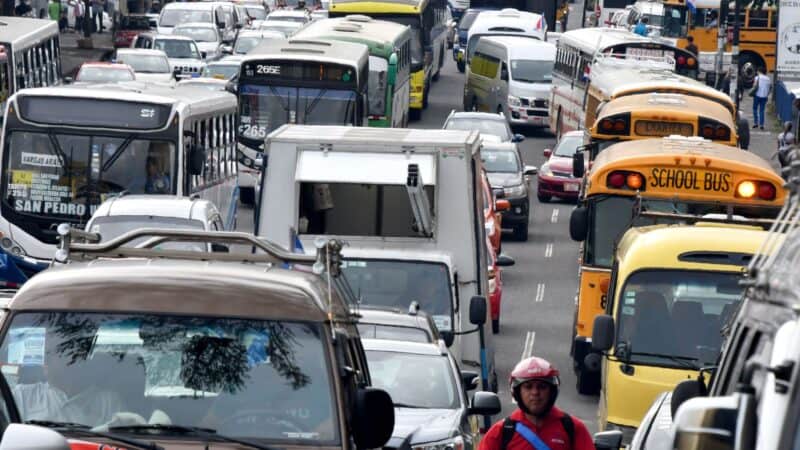An Escalating Issue in Urban Mobility
In the bustling streets of Costa Rica, the struggle to maintain a steady pace during peak hours is real and arduous. Reports indicate that buses in Costa Rica travel at an astonishingly slow speed of 8 km/h during rush hours, a pace that could potentially be outstripped by an enthusiastic jogger. This sluggish speed is symptomatic of a broader issue plaguing the nation’s capital—vehicular congestion.
The Plight of the Commuters
For daily commuters, this means enduring long waits and even longer travel times. The typical bus ride, ideally a convenience, has morphed into a test of patience and endurance. Commuters are increasingly vocal about the aggravating congestion that not only tests their patience but also eats into their daily productivity.
Calls for Action: Bus Drivers and the Defensora de Habitantes
Bus drivers, colloquially known as ‘buseros’, are at the forefront of advocating for change. They demand more dedicated bus lanes to alleviate some of the traffic pressures and call for stricter measures against lane invaders who exacerbate the already dire situation. Their plea highlights a critical need for infrastructural adjustments to accommodate the growing number of public transport users.
Adding a layer of official urgency to the matter, the Defensora de Habitantes (Ombudsman) has issued a challenge to the Transit and Transport Council (CTP) to step up and guarantee a better service. This move signals a growing recognition of the problem at higher levels of governance, acknowledging that the issue of bus congestion extends beyond mere annoyance and represents a significant barrier to urban mobility.
Urban Planning and Traffic Management: A Call for Innovation
The situation calls for innovative solutions in urban planning and traffic management. While the demand for more exclusive lanes is a start, the solution may also lie in broader, more comprehensive urban planning reforms. These could include the implementation of more efficient public transport schedules, investment in modernizing fleet capabilities, or even exploring alternative routes that circumvent high-traffic areas.
Technological Aids and Public Policy
In an age where technology pervades every aspect of life, there is potential for smart technology to play a pivotal role in addressing traffic congestion. From real-time traffic management systems to apps that provide alternative routes and schedules, technology could be harnessed to make public transport more reliable and efficient.
Public policy, too, must evolve to keep pace with the growing demands of urban transportation. Policies that encourage carpooling, promote the use of eco-friendly vehicles, and penalize inefficient and excessive use of private cars in city centers could be part of the solution.
The Road Ahead: A Communal Effort
For Costa Rica, a country known for its rich biodiversity and commitment to environmental sustainability, the challenge of urban transport congestion presents a unique opportunity to align its urban mobility solutions with its ecological values. This involves not just government agencies, but also ordinary citizens, transport workers, and urban planners coming together to forge a path forward.
The plight of the slow-moving buses during peak hours is more than just a traffic issue; it is a call to action for all stakeholders involved to rethink and innovate. As Costa Rica continues to grow, so too must its approach to urban transportation, ensuring that its capital remains not only a hub of commerce and culture but also a beacon of efficient and sustainable urban mobility.

